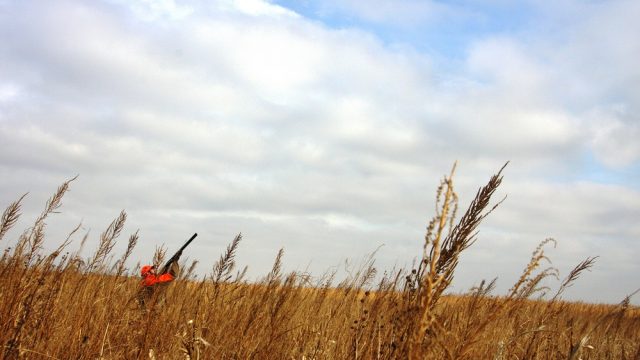Kelvin Hullet: Backers Of Conservation Measure Had Their Chance At The Legislature

We are glad to see that Lloyd Omdahl agrees about legitimate issues of concern that many of us have about the Clean Water, Wildlife and Parks Amendment. As he described them in his recent column, “the more important ones are the amount of money being diverted, locking the program in the state constitution, requiring the expenditure of the money, and the initial 25-year life of the program.”
North Dakotans for Common Sense Conservation is a diverse coalition of more than 30 industry, agriculture, business and government organizations that have come together to oppose this measure because of the same concerns Mr. Omdahl pointed out, and more.
These concerns illustrate why the measure is so wrong for North Dakota. We’d like to also address some other aspects of Mr. Omdahl’s column to help set the record straight.
He writes that the amendment is in response to the conservation groups being “stonewalled” by the 2013 Legislature in not getting what they wanted. That’s not the case. These groups planned to get this amendment on the ballot before that. They weren’t stonewalled. They’re mad because they didn’t get the money they wanted. And they’re mad that the newly passed legislation doesn’t allow them to use the funds to buy land. They turned their backs on the very stakeholders who championed the 2013 legislation, support common-sense conservation and who now make up the coalition by that very name.
He writes that 5 percent of the oil extraction tax that these groups are seeking is about $100 million annually. But it’s much more than that — between $150 and $200 million annually, or almost $5 billion over the 25-year life of the amendment — based on current oil production projections.
He writes that the legislature passed what he calls a “token” appropriation for conservation projects – but that token amount comes to approximately $30 million a biennium. That’s a lot of money in our book — money that can support many good projects and leverage additional investment in meaningful conservation in North Dakota. And, if necessary, the legislature can always come back and increase that amount down the road.
Mr. Omdahl is right that we do need to have an honest discussion about what this measure would mean for North Dakota. And that starts with the promoters of this measure being honest about the reasons they are moving forward with it. How do they plan to spend the 75 to 90 percent of this enormous conservation fund every biennium as required by the amendment? There are only so many conservation projects you can fund, and, because of the measure’s mandated spending requirement, they will need to find other ways to spend that massive amount of money. The fact is that buying land is authorized by the measure and that they walked away from the legislative bill passed last session, which prohibits the purchase of land. This shows that land acquisition is one of their top priorities.
Finally, an honest discussion about this measure, as Mr. Omdahl calls for, should consider this group’s history. Remember, this measure is backed by the same group whose petition effort two years ago was thrown out due to fraudulent signature gathering and for illegally paying signature gatherers. And, guess what? They’re paying signature gatherers again, even though they vowed they had learned their lesson and would not pay signature gatherers this time around.
So, yes, we’d appreciate an honest discussion: about their petitioning efforts, the numbers they used to project the windfall this measure would bring them and how they intend to use the money.
We all support long-term investments in our state’s needs. But the Clean Water, Wildlife and Parks Amendment’s approach is reckless and irresponsible, and should be rejected.




